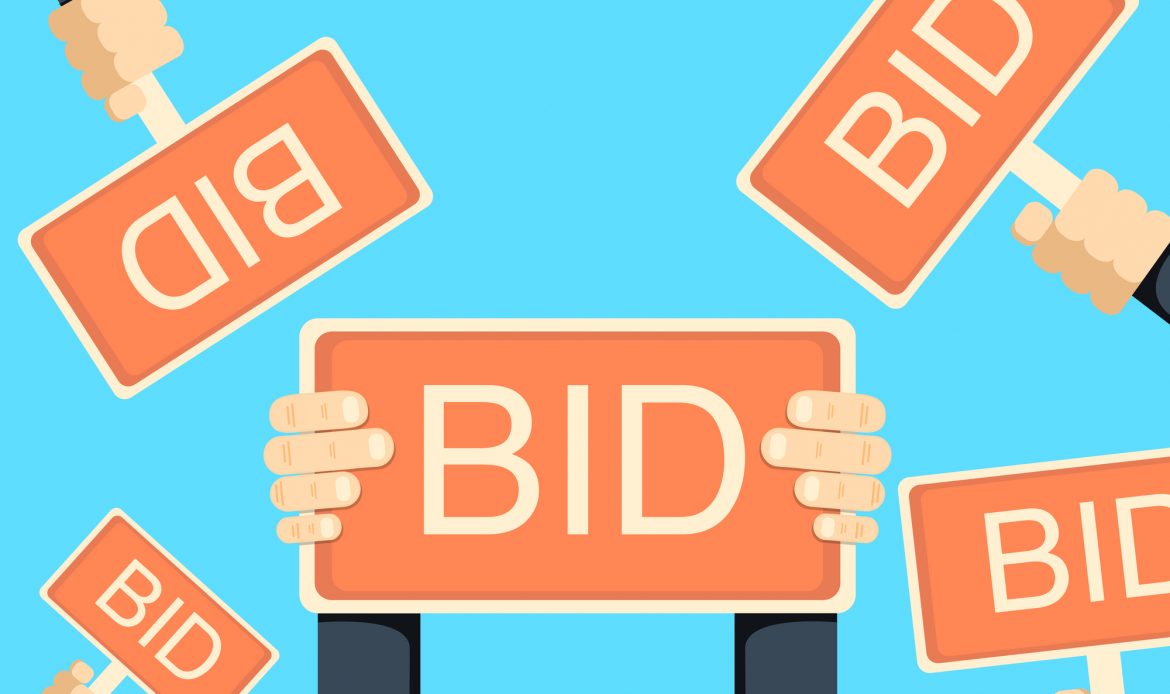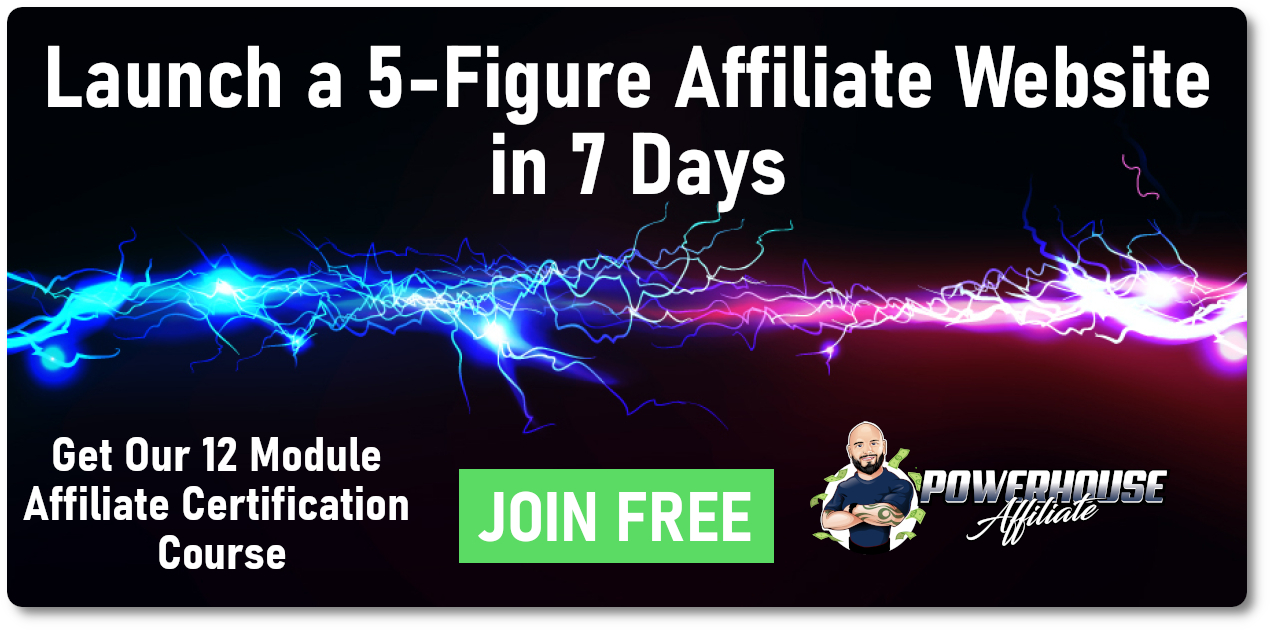Everyone wants to know how to get more sales and make more money online. Today I’m going to talk to you about my Ten Commandments to get higher conversion rates and lower cost per acquisition.
I’ve been an affiliate since 2002. In 2015 I decided to quit two jobs and started doing this online full time. Some people might think that is pretty risky. The only reason why I was able to do that is because I had finally figured out how to convert people into customers and how to get people to do things online that made me revenue.
Forget what the “gurus” say. There is no magic formula here. I’m simply going to talk about my own Ten Commandments; the things I do to increase my conversion rate and ultimately make me more money.
Higher conversion rates don’t always mean more money. They don’t always mean more profit. For all of the gurus out there that are really big on numbers – I get it. But these tips will help get conversions. A lot of people that read my blog are really new to the game and they don’t know even how to get their first conversion.
If you’re new to affiliate marketing, these 10 tips will help guide you in the direction toward higher conversion rates and lower cost per action.
Table of Contents
Know Thy Customer
If you follow my YouTube channel, check out the video that I did on this topic. I talk about choosing your customer avatar. When you’re creating your marketing messages, it’s essential that you know your customers’ pain points, what kind of value propositions you can pitch to them and what kind of angles they will respond to.
Download your FREE customer avatar worksheet when you watch my YouTube video How To Create Your Customer Avatar .

Know Thy Offer
Whether you’re an affiliate or a product owner, it’s critical to know what action you want people to do in order to get that conversion that you need in order to make revenue.
For example, a lot of people starting out with affiliate marketing think it’s a great idea to go into email submit offers, because all you have to do is get somebody to enter their email and you get paid a conversion. OK, sometimes it’s very attractive and yes, they can be easy to convert, but sometimes you make more money by converting other types of offers.
You need to know exactly when the conversion happens and how much money you’re going to make at that conversion point. Many networks, affiliate networks in particular, will say something is a single opt-in offer. In fact, the user has to go through multiple hoops in order for you to get a conversion.
For example, some lead offers say first page submit gives you a conversion, but really, it’s after five pages of submissions that you get the conversion. Some places say free trial and you get a conversion, but in fact, the person has to pay five dollars before you get a conversion. So, understand where the pixel fires to give you that conversion, because it’s going to be extremely important to know that when we start creating our calls to action.
Honor Thy Traffic Sources
Remember this, especially if you’re on Facebook, Google, Pinterest, Twitter, Bing or whatever comes next. All of these mainstream traffic sources have rules. If you cross the line, you are going to lose your account.
However, to get high conversion rates and lower CPMs, we have to really test that line and push against it in order to get really good conversion rates. So you really have to know the rules of your traffic source and make sure you don’t cross the line, especially if you’re just starting out. You could lose your account immediately.
Check out my post on 5 Best Traffic Sources for Performance Marketers!

Use a Landing Page
You need to use a landing page. There’s no confusion about that. But it’s using the right type of landing page that oftentimes trips people up. People make the mistake of using the wrong type of landing page for the type of offer they’re running.
Many offers cater well to certain landing pages, and many traffic sources cater well to certain types of landing pages. For example, listicles work well with ecommerce offers. Seventeen Gadgets That Every Person Needs. They also work well with finance offers like Ten Ways to Save Money on Your Home.
Then you have a list of ten different programs that they can sign up for to save money.
Advertorials work really well with trial offers, especially diet, muscle or skin care. These types of advertorials are great because they’re news-style and they make it look like something is actually happening in the world. They get people interested in learning about the newest trend.
Another trick is to make sure that you understand the offer itself. For example, if you’re running a ClickBank offer, it is usually a full sales form offer with a long sales copy. So if you’re sending traffic to that, you don’t want to have a long sales copy before another long sales copy.
Maybe you want to presell. So, a quick hit presell would be like a headline, a few good points about the product, a call to action and then send them to the full form sales copy.
If you’re sending someone to a trial offer, which is already basically a checkout page where they enter their name and their address, then you’re going to do a sales form type of landing page.
What’s the best landing page builder? OptimizePress, of course!
Test Multiple Marketing Angles
I’ve done a complete video on marketing angle, so I’m not going to go into a lot of detail about it here, but I recommend checking out my video if you need more detail. Basically, it’s the story you tell on your landing page, so test different stories because multiple different stories work with multiple different people.
Some people would respond better to a story about something else. This really matters when it comes to creating your marketing messages.

Use a Strong and Clear Call to Action
Every single section of your marketing funnel needs a clear call to action. For example, first you’re going to create the initial ad. That ad needs to have a clear call to action. You want people to click here to read more or click here to get a quote.
Whatever it is, you’re getting people to go to the next page, and you need to make sure your page matches with that call to action. So, if I’m saying click here to read more in my ad, when they arrive on my landing page, they need to be able to read more.
At this point, I’m going to have another call to action that is strong and clear, that is going to get people to go to the offer and do something on that page. So what I’ll usually do is look at the call to action on the offer page that I’m pitching. I make sure I understand what their call to action is. I want to make sure my call to action is similar and kind of like the next step in the funnel.
You’re creating a little baby-steps-funnel from people from the ad, to the landing page, to the offer and ultimately to the conversion point. You need to make sure each call to action matches, everything is congruent, and everything flows easily.
Test and Track Everything
This is very important. What I recommend first is choosing one traffic source. Understand their rules. Don’t test multiple different traffic sources.
Start by testing your ad copies, your targeting, your landing page. Test multiple offers if you’re an affiliate. If you’re a product owner, test multiple different versions of your offer or multiple different versions of your checkout page to make sure you’re testing everything.
Everything needs to be tracked. Use things like Google Analytics, use third party tracking, like CPV Lab Pro, BeMob, Voluum, Funnel Flux, Thrive Tracker… there are so many different ones out there. These are all third-party tracking platforms that allow you to test where people drop off in your funnel, which hurts your conversion rates.

Social Proof
It’s important to have social proof in your ads if you’re running Facebook. If I find an ad is doing extremely well and has a lot of likes, comments, or shares, I’m going to copy that ad ID and I’m going to put it into a new ad and test different targeting. A different ad set using the same post that has all of that social proof.
If you cannot do that because you’re running on a different traffic source, make sure you put social proof on your landing page and allow people to share your landing page. If you’re using WordPress, like I do for most of my landing pages, you can use a plugin that allows people to share. It also shows how many people have shared it.
I will also show comments below. You should use real comments about your product, and real testimonials. The social proof is important to show people that other users are also enjoying this product and it is solving their problems, increasing your conversion rates.
Test Multiple Different Ad Formats
Test different formats, especially on places like Facebook and Google. For example, on Google Display Network if you do not put multiple different sized graphics or multiple sized banners, your placements will not hit every single website out there. This is extremely important if you’re using automated bidding.
You should also be testing videos, text ads, different sized images, and different size videos on both Facebook and Google, because this will allow their platforms to put your ads in front of everyone. Think about all the different placements for Facebook ads. They have the marketplace ads, the feed ads, Instagram ads, stories, audience, and network.
All of these places have different sized images. You want to make sure that you have multiple different sizes, especially once we start talking about the final commandment, auto bidding.

Use Auto Bidding
I use auto bidding on most of my campaigns. That’s how I save a ton of time every week. You can only use it after you get enough conversions to qualify. First, in order to get a lot of conversions, you need to test multiple different ads.
Once you turn on the automated bidding, if you go into Facebook and set up a campaign, you can set your campaign up with the conversion objective. You need to use the pixel from your traffic source in order to do this. Many different traffic sources have pixels available. There are pixels on Google. You can use the Facebook pixel. There’s the Snapchat pixel. Twitter has a pixel. The list goes on.
All of these basically tell the ad networks where your conversions are happening so that they can start showing your ads to more relevant people. On Google, for example, you can start setting up your campaigns to target CPA.
If you want to have conversions come in at fifteen dollars, you can tell Google, to show your ads to people who converted previously, and people who will likely come in at a 15 dollar target CPA, at which point Google will take that data and start doing all of the work for you.

Final Thoughts
If you are new to online marketing, it can be very frustrating to put your time and money into campaigns with little to no return. That’s why I recommend using my 10 commandments for higher conversion rates as the basis of your next campaign. I’m living proof that if you follow these 10 tips, you can succeed in online marketing!
- How to Make $1000 a Day With Google Ads Affiliate Marketing – Ultimate Guide - October 10, 2023
- Ultimate Guide to YouTube Shorts Ads for Affiliate Marketing - December 23, 2022
- How To Start Affiliate Marketing For Beginners [Ultimate Guide 2023] - December 21, 2022
